
11 minute read
Austria: The Perfect Alpine Fly Fishing Escape
Whilst every destination angler, family and outdoor enthusiast begins to scan the horizon for a late notice getaway, most travellers are looking for somewhere that is accessible, inexpensive and scenic where they can reconnect with the outdoors and the delights of nature.
By: MARINA GIBSON Photos by: THE FLY FISHING NATION
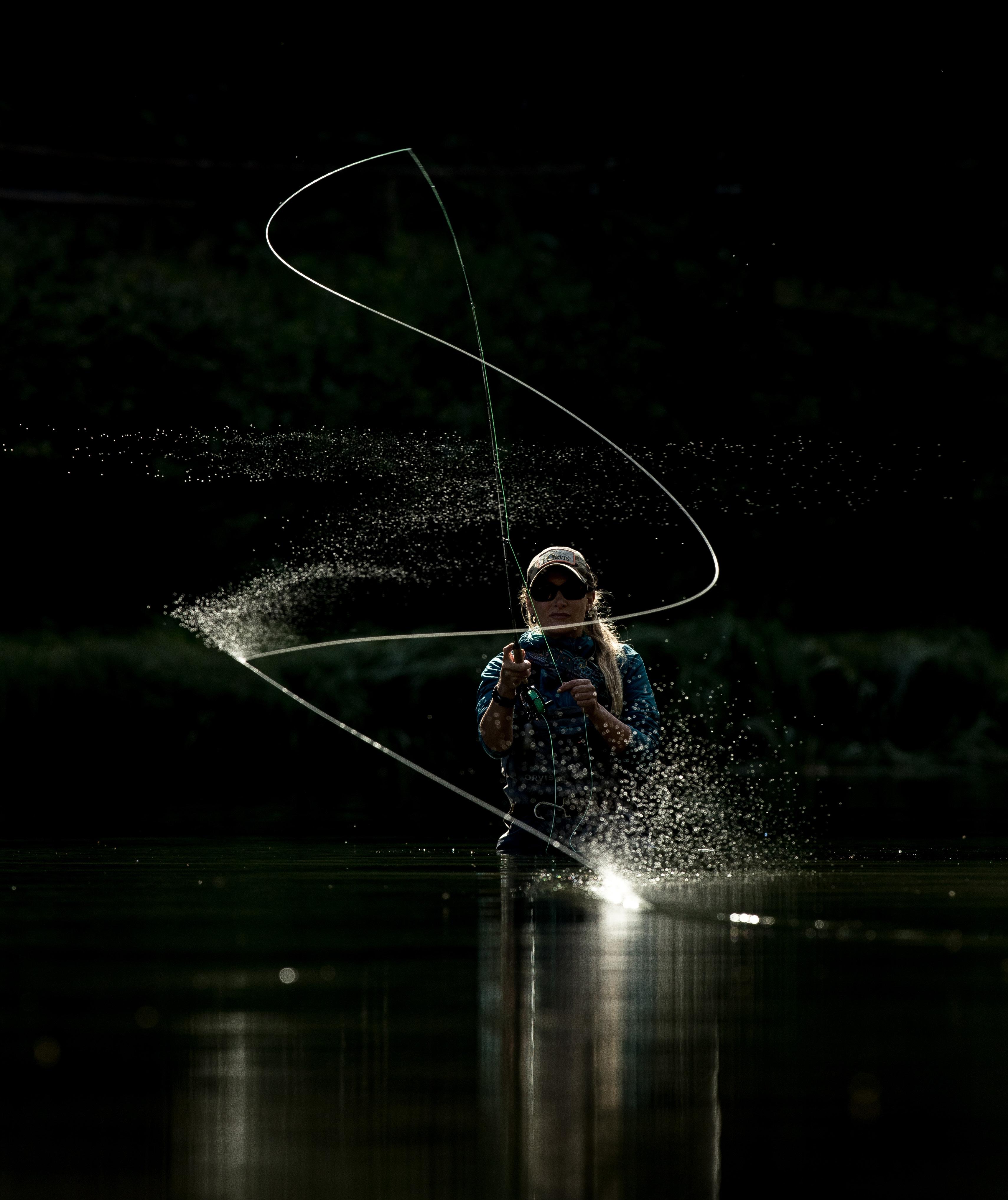
I’m appreciating my home waters and neighbouring countries more than ever before right now. The moment the flight corridors opened up at the end of July 2020, I booked a spontaneous fishing trip to Austria with Fly Fishing Nation; the perfect Alpine fishing escape for a few days.
The fresh air, snow-capped mountain and abundance of gin-clear glacial rivers and lakes full of wild fish was highly desirable. Austria’s charm will capture most, with its valleys full of wildlife and enchanting chalets, summer and winter contrasts and the unspoilt landscape with which the balance of human presence and nature is to be envied.

After the ski lifts close in May, the snow begins to melt, the lakes shed their icy mantle and the valleys transform from white to green. Come July the pristine and meandering rivers and emerald green lakes become an epicentre for hikers and fishermen alike
My quest was to seek out my first brook trout, as well as catching some high-altitude brown trout and grayling.
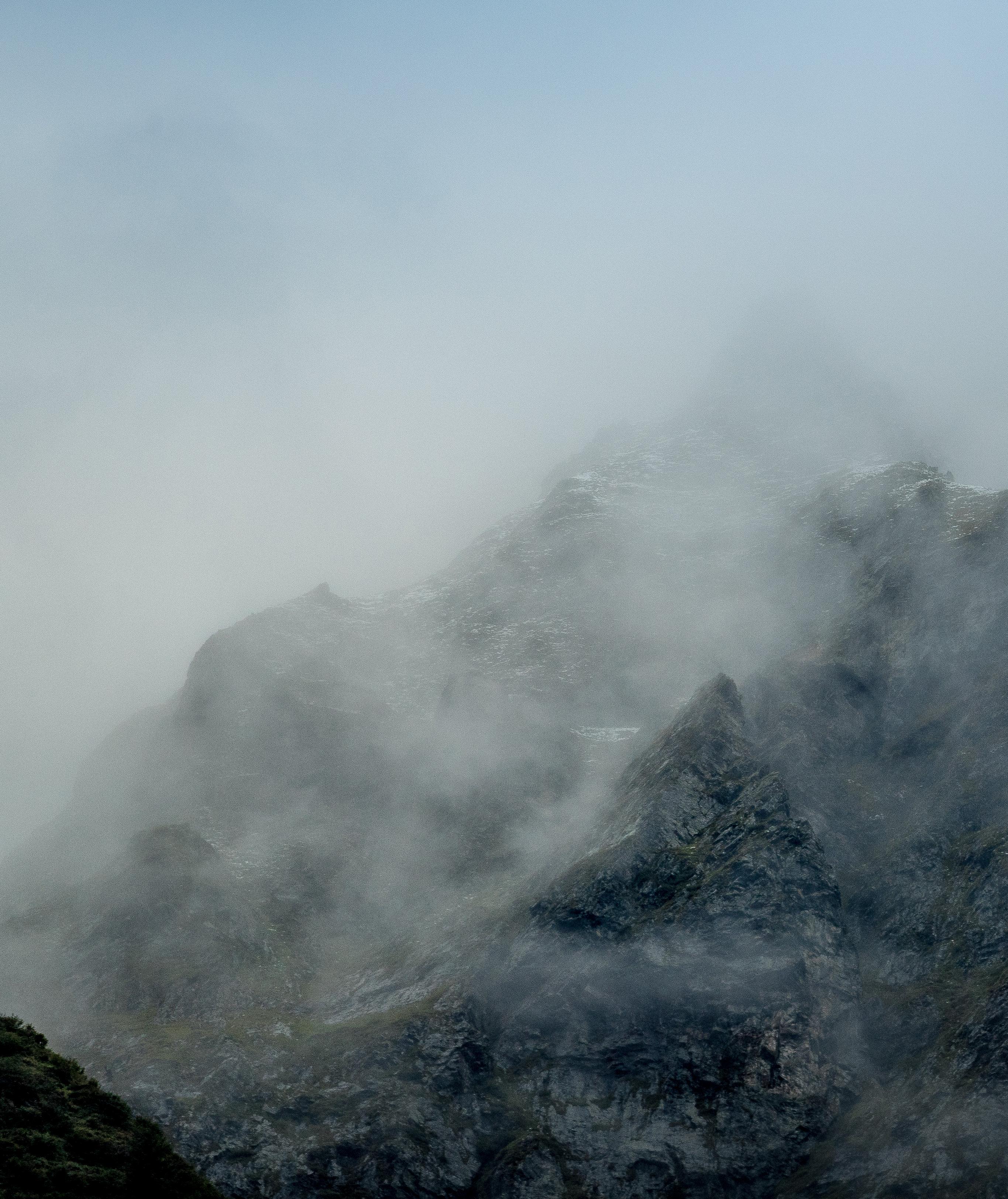
The Hotel Braurup
Fly Fishing Nation - who were leading the trip - took us to an enchanting town called Mittersill. Although Stephan Dombaj had fished in the area for seventeen years, he still knew of waters that he’d not yet visited.
We stayed at Hotel Braurup, which was divine; I’ve been skiing here in winter and have always hoped to visit in the summer. This was a trip I had been waiting to go on for years.
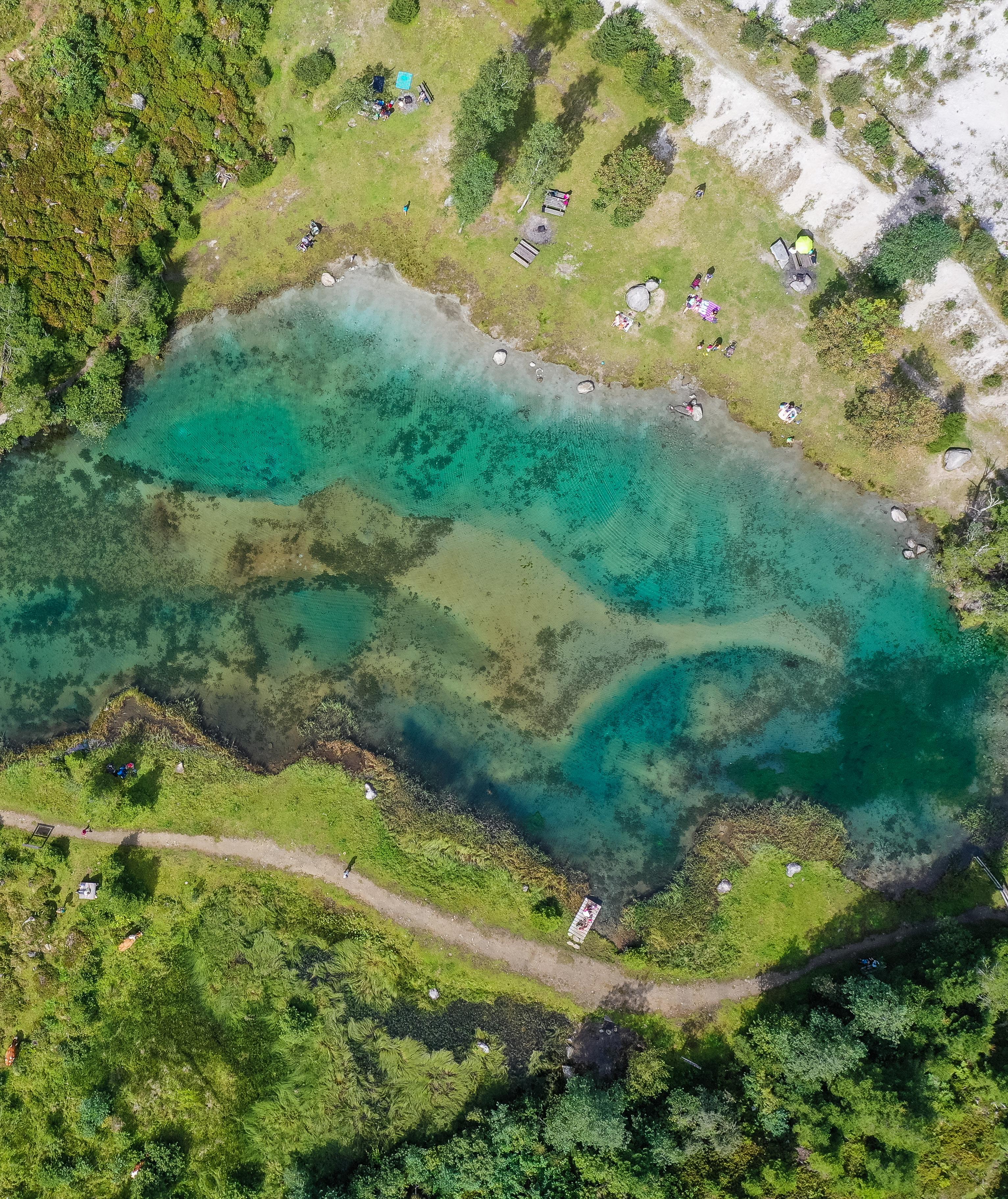
The hotel is a family run business and owns the fishing rights to a number of streams and lakes in the Mittersill area.
This place is a fisherman’s paradise and is very convenient as you simply need to pop into the hotel’s fishing shop on site, buy your licence and you have 130km of running water and four alpine-fed lakes at your disposal including a high mountain lake sat at over 2,000m above sea level.
We first took a car transfer from the bottom of the mountain; there were several other people in the car with us, most of whom were fishing too. The drive was breathtaking; especially the theatrical features of the waterfalls. There aren’t many places in the world that have private valleys with only one taxi transfer up and down a day, apart from local residents who can drive up there. The only thing we had to keep in mind was that the taxi would pick us up at 5pm prompt and they would not wait for us. I’m almost certain that fishermen have been so glued to the river that they’ve forgotten the time and have missed their transfer down. Thankfully there are a few traditional Austrian restaurants with accommodation, but best to keep track of the time.
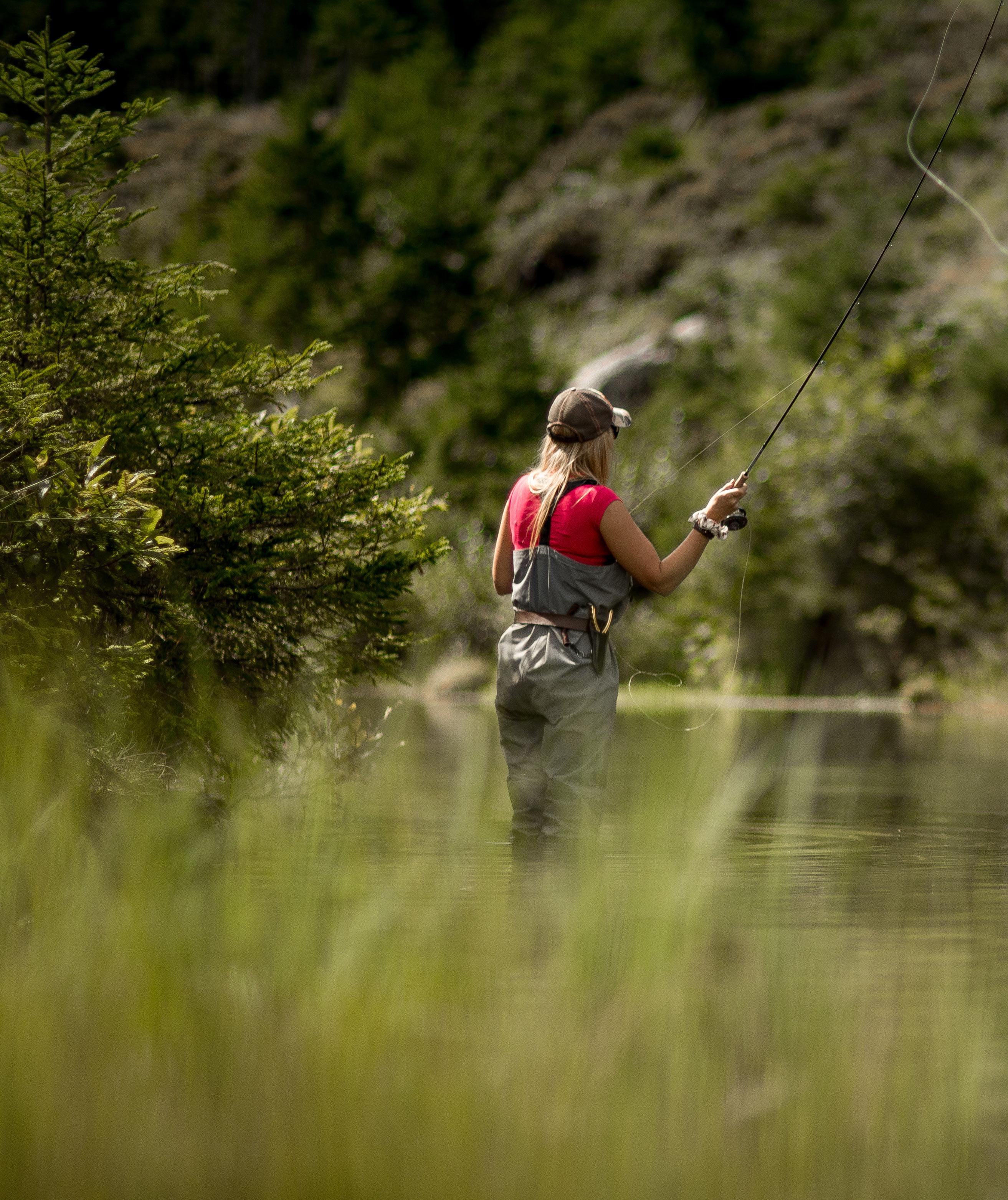
The Kimmler Ache River
We walked, stalked and crawled 3km up the Krimmler Ache river in search of its gold and we found it hiding in and around the rocks. I noticed the brook trout were far more shy than the brown trout and grayling and you would suddenly see a brook trout dart out from behind a submerged boulder and take the fly.
Brook trout are native to Eastern North America in the United States and Canada, but were introduced elsewhere in North America, as well as to Europe and Asia. They have adapted well to the cool waters of streams and lakes in Austria, a perfect place for them to reside. They’re the most vibrant of the trout family and average 30cm in length and weigh approximately a pound. The higher the altitude the smaller the fish and the ones in lakes can be larger due to a richer diet. They have a dark green/ brownish base colour, which darkens across the back, the main body has a distinctive marble pattern, much the same as a tiger trout which is a hybrid between a brown trout and a brook trout. The majority of the brook’s body is painted with small yellow and red dots, sometimes surrounded by blue halos, they have a fiery orange underbelly and perfect white tips on the pectoral, pelvic, anal fin and tail.
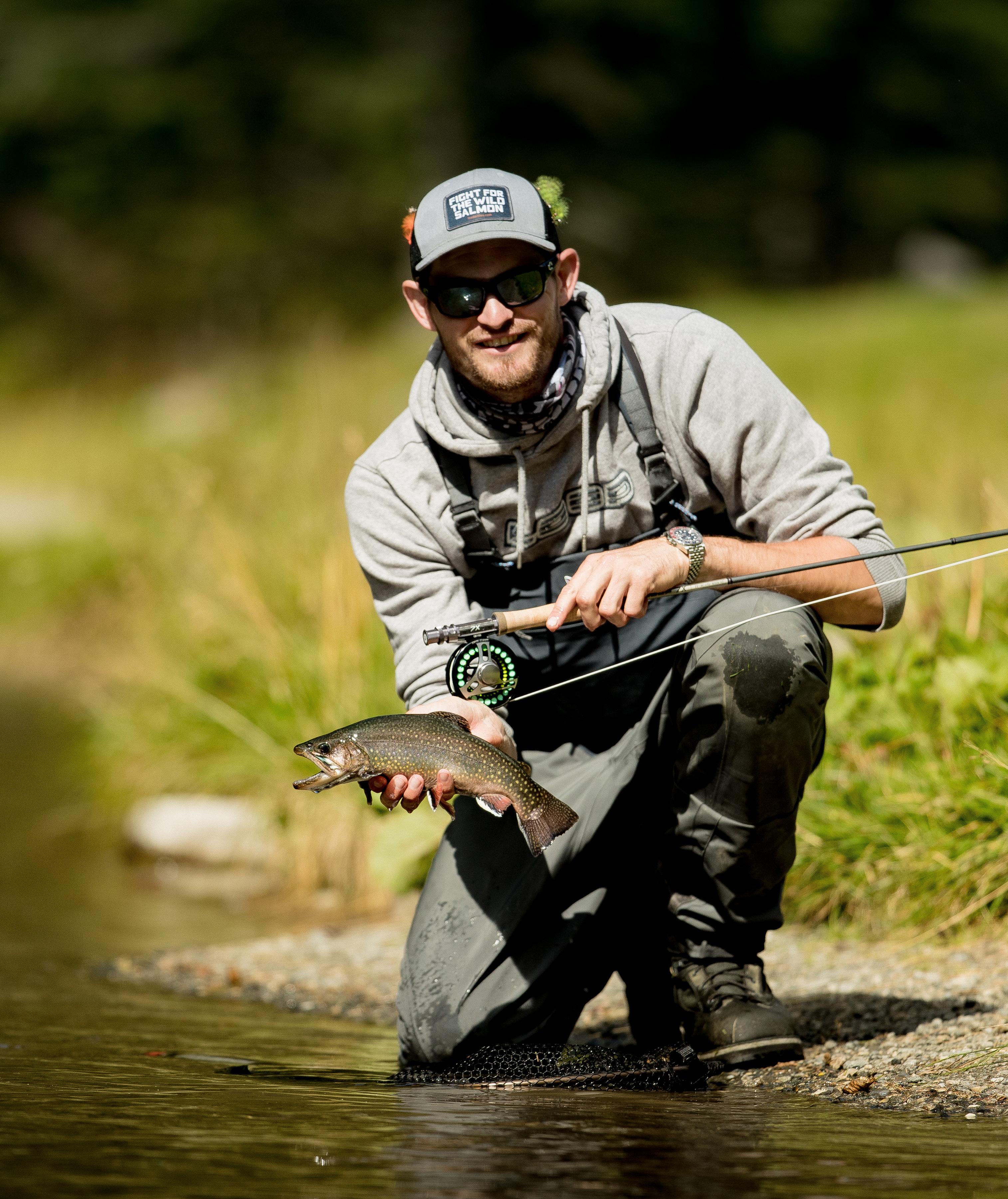
We were using a mixture of jig nymphs and CDC dries and later in the day we had a spectacular session on CDC emergers. The grayling and brown trout were sitting in the deep pockets, riffles and even the shallow areas in the last pool we fished. The air was warm, and the skies were blue, you could almost wet wade. Although the water temperature was so cold that I don’t think I would have braved it. When the first grayling of the day came to the net I shouted, oh my, it’s a banana grayling. They were so yellow on the belly and some of the prettiest grayling my eyes have ever seen.
As you crawl along the long grass and pull your leader through the rings, the cowbells fill your ears with chimes, soothing your body in preparation of each cast at the flighty wild fish.

The Finkausee and Hintersee
For the following three days, we fished Finkausee and Hintersee and caught a mixed bag of high altitude grayling, brown trout and brookies. We drove through the valley, feasting our eyes on the beauty all around us. Driving the meandering roads to Finkausse, passing scenic views with widening eyes and admiration for nature. Sky scraping mountains and waterfalls, roaming cows and wooden chalets tucked into the secluded hillside without another soul to be seen.

As the car drove over the brow of the hill, we were able to catch the first glimpse of Finkausee. The emerald glacier water was calm, the skies were blue and in the distance the mountains behind were covered in snow. In July and August, you can expect hot weather so the lake can turn a milky colour due to the glacier water, this can make the fishing tough because it makes it harder to spot the fish. If you stick to the confluences and areas with any structure, then you’ll still be able to seek them out.
Otherwise, the water is gin clear and offers a paradise for sight-fishing, dry fly fishing, nymphing and evening belly boat fishing. Fishermen have the opportunity to catch beautiful brown trout, grayling, rainbow trout, brook trout, lake trout and even burbot on the fly.
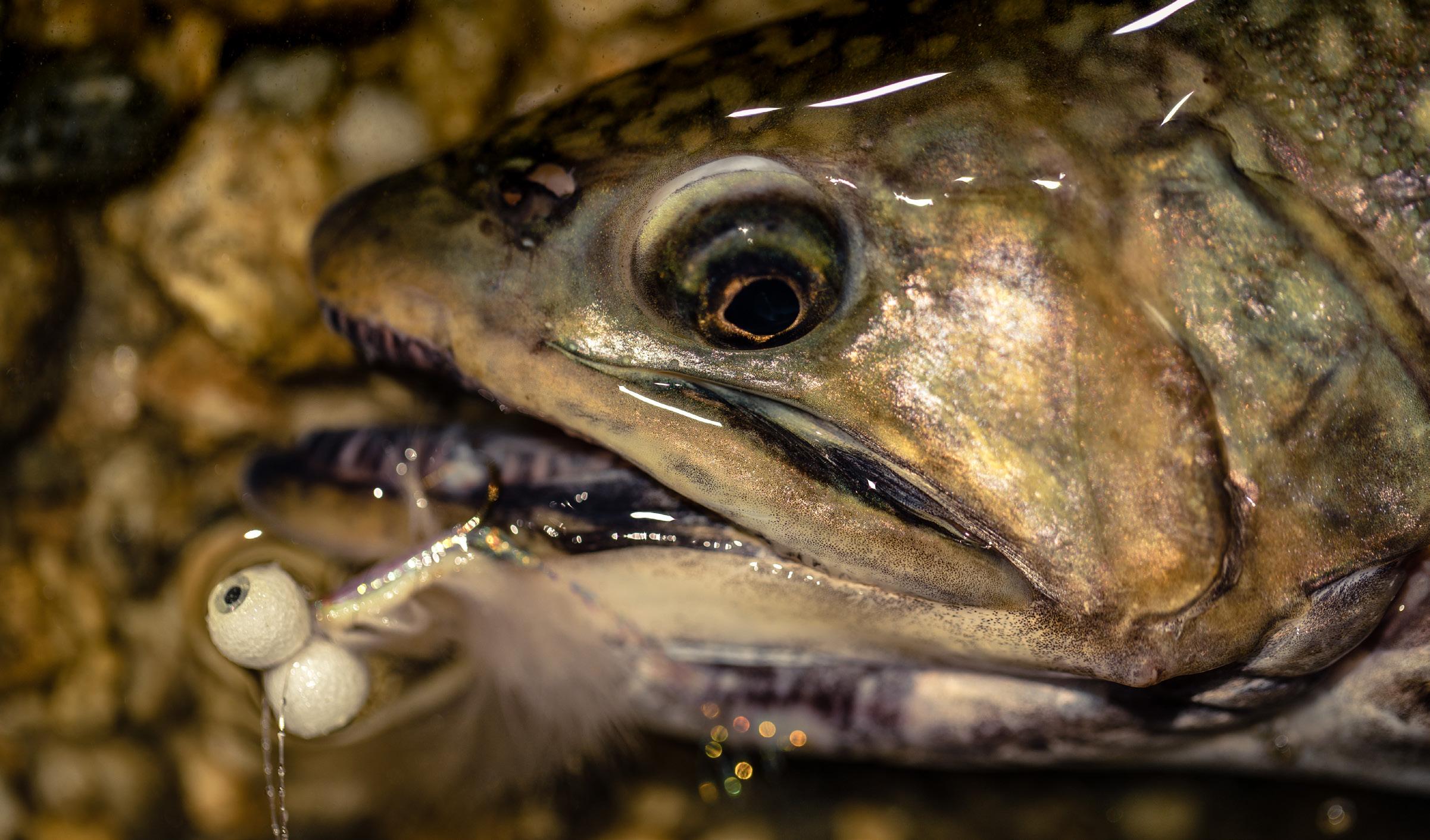
When we arrived at the waters edge, it was crystal clear and most of the visible fish were holding in the deeper holes and a few were further up as it shallowed, including the biggest, which was leading the school. We managed to catch some stunning grayling and brown trout on tiny nymphs and had a few takes on dries. Later that afternoon we had some spectacular dry fly action as we moved further around the lake. Like Hintersee you’re totally immersed in the mountainous topography, snowy caps, pristine waters and fresh air. We all know that getting outside and immersing yourself in nature is both mentally and physically beneficial, especially if you are feeling stressed, and going fishing can be the perfect antidote.
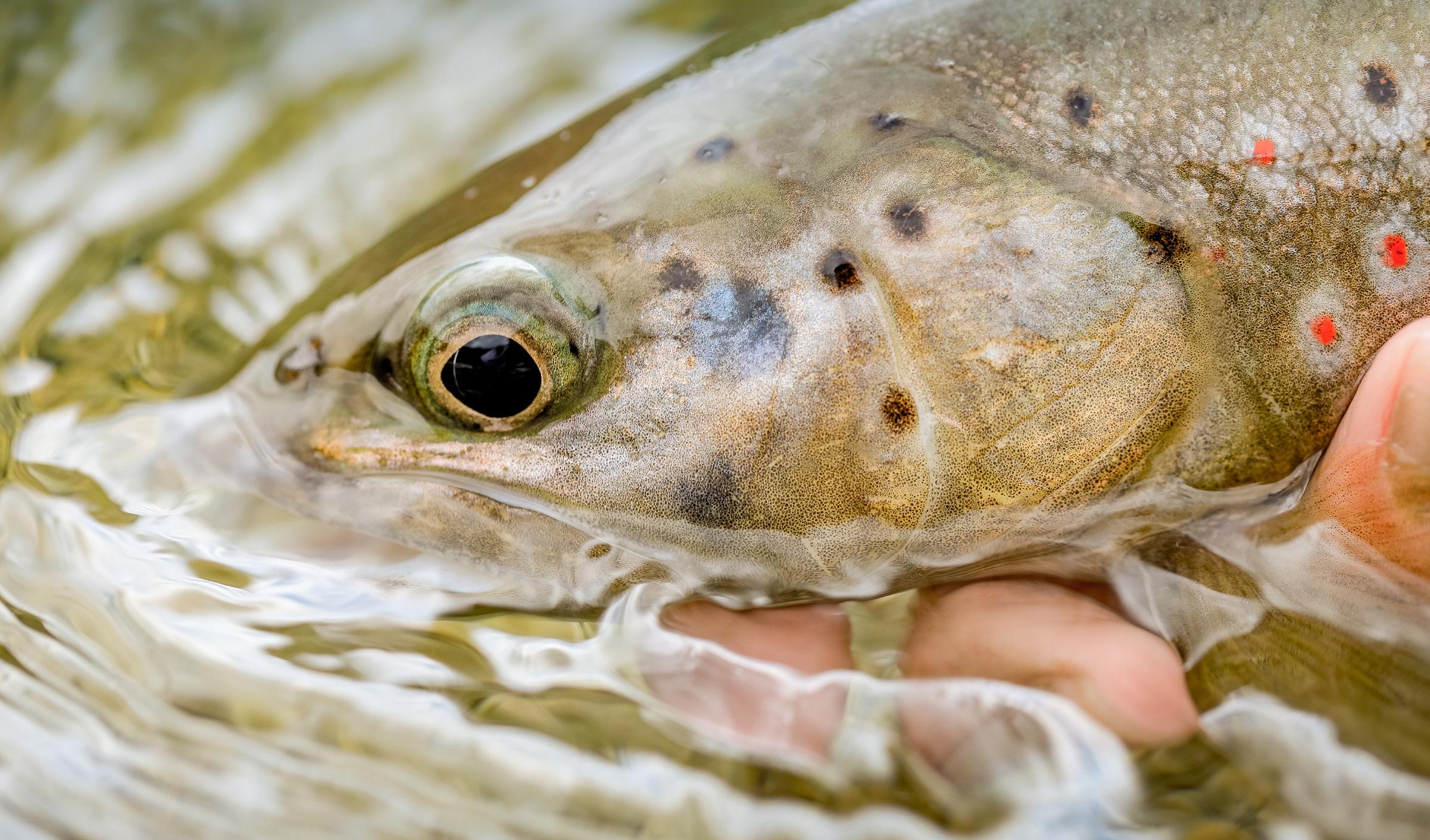
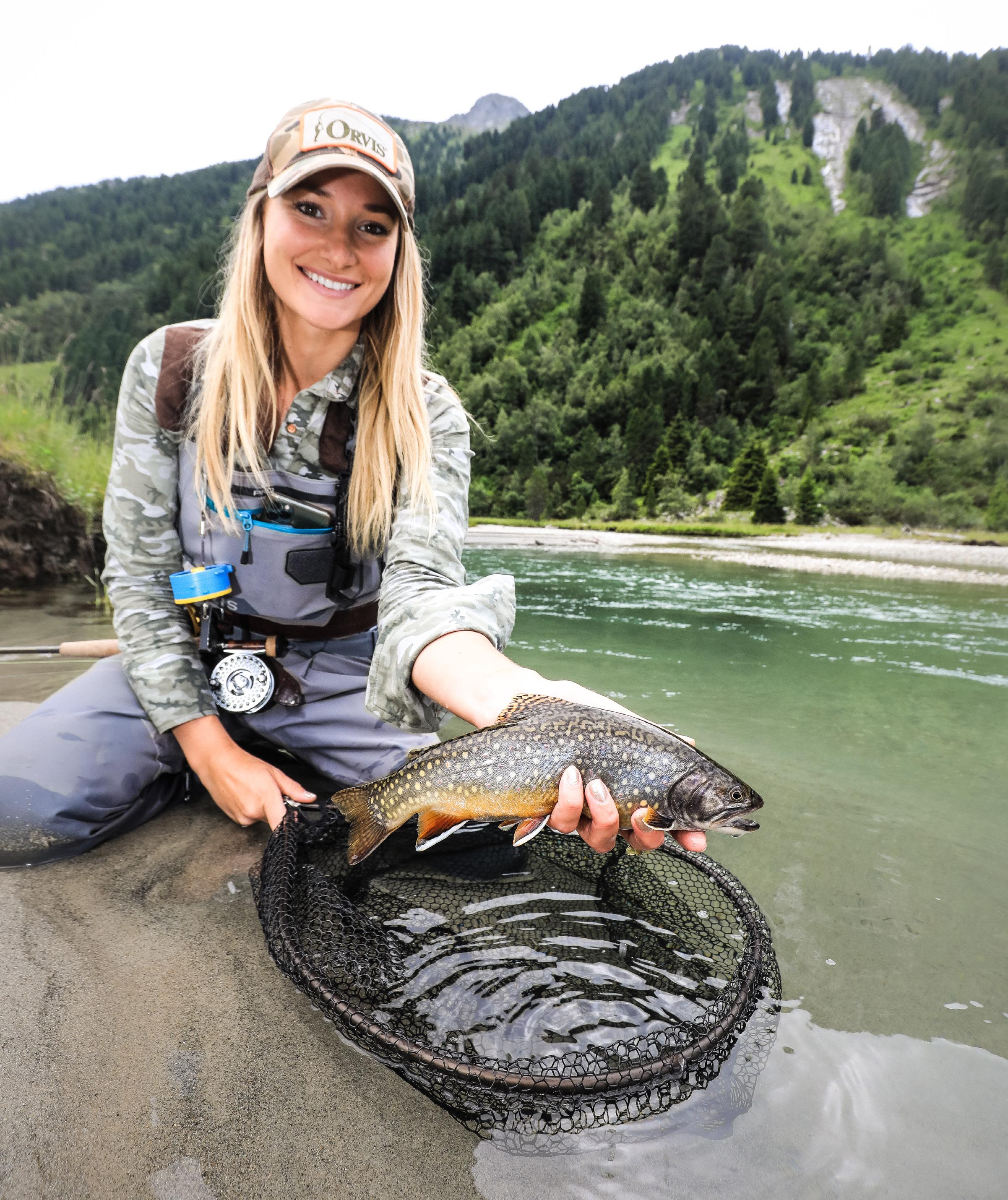
In the Mountains
Hintersee is a high-altitude mountain lake 1313 meters above sea level in Felbertal Valley. The lake is 300 meters long and 200 meters wide. It fills with rainwater and glacial run off from the surrounding mountain ridge, so as you can imagine this water combination makes for the most scenic and spectacular coloured water, especially on a sunny day.


The first day we visited Hintersee we made a lakeside burger on a grill and with satisfied stomachs we headed to the water and proceeded to fish around the edge starting with the nearest side closest to the car park, this area is surrounded with weed beds and you can sight cast for cruising fish, most of which are regularly sipping flies off the surface.
Hintersee is also a destination for avid hikers and explorers; there are 108 hiking routes around Hintersee, including a flat graveled path around the lake, which is just over 5km long and ideal for families with young children. For the more ambitious fishermen you can hike up to Plattachsee, Langsee and Tauernsee. You can expect to catch small brook trout and brown trout with the most exquisite backdrops.

Migratory Trout
On the left-hand side of the lake there is a steep hillside of trees, between the gaps you can spot an array of fish in different shapes and sizes from small brook trout to large lake trout. Lake trout are lake run brown trout, which migrate to the lakes to feed on easy prey and spawn in the tributaries. They’re notoriously difficult to catch and most of the time you will need to cast a long sink line with heavy streamers and strip it all the way into the shallows. So, I’m told, autumn fishing is the time to hunt for them as they start migrating to the rivers to spawn and because of this they feed extensively and are more aggressive at this time of the year.

The only sighting we had of one was when we were fishing a cove-like area of the lake. I was targeting a grayling in the shallows just off a sloping drop off and I was interrupted by a loud splashing commotion in the middle of the lake. Stephan and I witnessed a large brown trout being T-boned by what looked like a huge lake trout, it swam around in circles showing off its triumph like a cat with a mouse. When it was bored, it spat it out and disappeared and left the poor trout swimming on its side for half an hour until it came close enough where Stephan could net it.
When the predator drops its prey, you have a small window of opportunity to cast your fly into the area to tempt the lake trout for another easy meal.

We nursed the beautiful red spotted brown trout in the shallows facing upstream between two rocks in a nearby stream and after 20 minutes it shot off underneath the undercut bank. Let’s hope it recovered.
The grayling I had been stalking before the excitement was still there and after so many refusals it finally took a pink shrimp with a double beaded head. It was a very special fish to catch because to grow to a decent size like that would take a long time due to the lake being frozen for 7 months of the year.

Endless Opportunities
We were so spoilt for choice with water that four days were not nearly enough, but the most exciting thing about the hotel and its waters is that you could keep coming back and fishing new ones every time; but also revisit your favourite spots from your previous trips. I would sincerely recommend Austria to anyone, as there’s something about the Alphine atmosphere that is incredibly soothing and healing of one’s body, soul and mind.

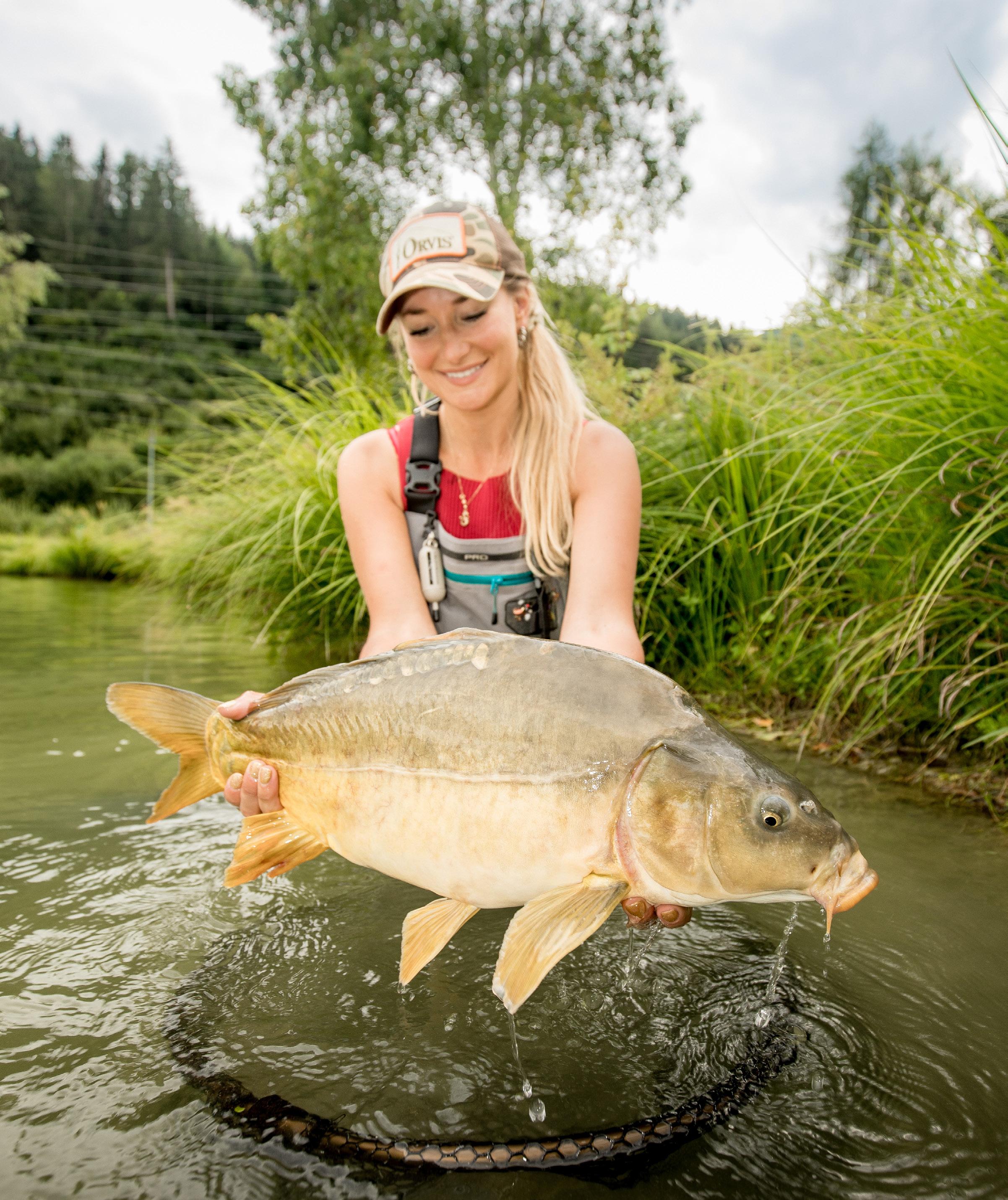

Recommended kit for an Austrian summer fishing adventure:
Clothing:
Waders & wading woots, warm clothes, thermal layers, hiking boots, waterproof jacket, backpack.
Dry Fly Fishing:
Slow and delicate action 8ft6 4wt or 8ft 4wt - floating line, size 18 – 22 dry flies: We found that the CDC emergers worked the best.
Nymhing:
10ft 3wt - closed frame and large arbour reel with yellow, fluorescent monofilament or equivalent, two tone or multi tone strike indicator, tippet rings, low diameter monofil and jig nymphs in size 16 – 22 with 2.5 – 3.5mm tungsten beads.
If you would like to go after pike in their predator lake a 9ft 9wt fast action would be suitable for turning over big tube flies.











